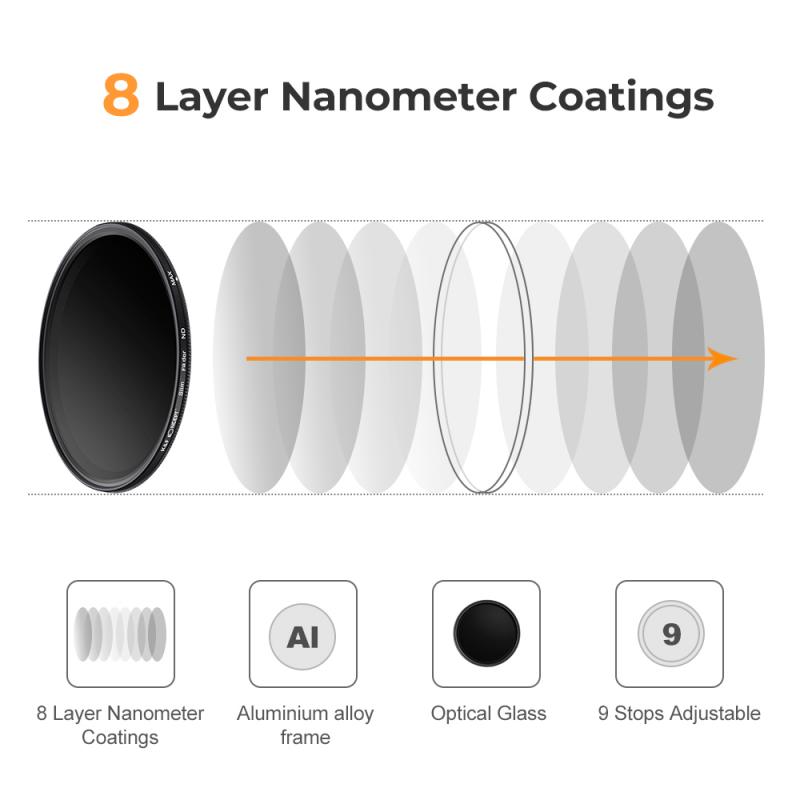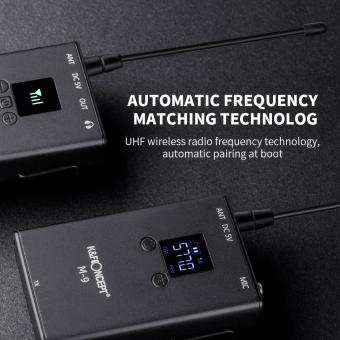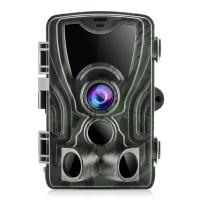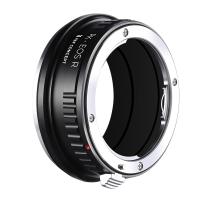What Is Ip Camera Cctv ?
An IP camera, also known as an Internet Protocol camera, is a type of surveillance camera that can transmit and receive data over a computer network or the internet. It is commonly used in closed-circuit television (CCTV) systems for video surveillance and security purposes. Unlike traditional analog CCTV cameras, IP cameras digitize and compress video footage before transmitting it, allowing for higher resolution and more flexible network connectivity. IP cameras can be wired or wireless, and they often come with additional features such as motion detection, night vision, and remote access. They are typically used in various settings, including homes, businesses, and public spaces, to monitor and record activities for security and surveillance purposes.
1、 Definition and Function of IP Cameras in CCTV Systems
IP camera CCTV stands for Internet Protocol camera closed-circuit television. It refers to a type of surveillance camera that uses the internet to transmit and receive data. Unlike traditional analog CCTV cameras, IP cameras convert video footage into digital format and transmit it over a network, allowing for remote access and monitoring.
The main function of IP cameras in CCTV systems is to capture high-quality video footage and transmit it over an IP network. This enables users to view the footage in real-time from any location with an internet connection. IP cameras offer several advantages over analog cameras, including higher resolution, better image quality, and the ability to zoom in and out without losing clarity.
In addition to video surveillance, IP cameras often come equipped with advanced features such as motion detection, night vision, and two-way audio. These features enhance the overall security of the CCTV system and provide users with more control and flexibility.
From a latest point of view, IP cameras have evolved to include even more advanced functionalities. For example, many IP cameras now support artificial intelligence (AI) algorithms, which enable them to analyze video footage in real-time and detect specific objects or behaviors. This can be particularly useful in identifying potential security threats or suspicious activities.
Furthermore, IP cameras have become more integrated with other smart devices and systems. They can be connected to a central management software, allowing for centralized control and monitoring of multiple cameras. They can also be integrated with access control systems, alarms, and other security devices, creating a comprehensive security solution.
Overall, IP cameras in CCTV systems have revolutionized the way surveillance is conducted. They offer higher quality video, advanced features, and increased flexibility, making them an essential component of modern security systems.

2、 Types and Features of IP Cameras for CCTV Surveillance
IP camera CCTV stands for Internet Protocol camera closed-circuit television. It is a type of surveillance camera that uses internet protocol to transmit video and audio signals over a network. IP cameras are widely used in CCTV surveillance systems due to their advanced features and capabilities.
There are several types of IP cameras available in the market, each with its own unique features. Dome cameras are popular for their discreet design and 360-degree coverage. Bullet cameras are known for their long-range capabilities and weatherproof housing, making them suitable for outdoor surveillance. PTZ (pan-tilt-zoom) cameras offer remote control of the camera's movement and zoom functions, providing flexibility in monitoring large areas.
One of the key features of IP cameras is their high-resolution image quality. They can capture video in high definition, allowing for clear and detailed footage. Some IP cameras also offer advanced features such as night vision, wide dynamic range, and digital noise reduction, enhancing their performance in various lighting conditions.
Another advantage of IP cameras is their ability to be integrated into existing network infrastructure. They can be connected to a local area network (LAN) or a wide area network (WAN), enabling remote access and monitoring from any location with an internet connection. This feature is particularly beneficial for businesses and homeowners who want to keep an eye on their premises while away.
Furthermore, IP cameras can be easily integrated with other security systems, such as access control and alarm systems, creating a comprehensive surveillance solution. They can also be integrated with video management software, allowing for advanced video analytics and intelligent video surveillance.
In recent years, there has been a growing trend towards the use of artificial intelligence (AI) in IP cameras. AI-powered cameras can analyze video footage in real-time, detecting and alerting users to suspicious activities or objects. This technology has significantly improved the effectiveness and efficiency of CCTV surveillance systems.
In conclusion, IP camera CCTV is a type of surveillance camera that utilizes internet protocol for transmitting video and audio signals. They offer high-resolution image quality, advanced features, and easy integration with existing network infrastructure. With the latest advancements in AI technology, IP cameras are becoming even more powerful and effective in ensuring the safety and security of various premises.

3、 Benefits and Advantages of IP Cameras in CCTV Technology
IP camera CCTV stands for Internet Protocol camera closed-circuit television. It is a type of surveillance system that uses digital video cameras to transmit and receive data via an internet network. IP cameras have gained popularity in recent years due to their numerous benefits and advantages over traditional analog CCTV cameras.
One of the main advantages of IP cameras is their high-resolution image quality. They can capture and transmit video in high definition, allowing for clearer and more detailed footage. This is especially important in surveillance applications where identifying individuals or objects is crucial.
Another benefit of IP cameras is their flexibility and scalability. Unlike analog cameras, which require separate cables for video, power, and audio, IP cameras only need a single network cable for all data transmission. This makes installation easier and more cost-effective, especially in large-scale surveillance systems.
IP cameras also offer remote accessibility, allowing users to view live or recorded footage from anywhere with an internet connection. This is particularly useful for businesses or homeowners who want to monitor their premises remotely or for security personnel who need to access footage on the go.
Furthermore, IP cameras can integrate with other security systems and devices, such as access control systems or alarm systems, creating a comprehensive and interconnected security solution. This integration enhances the overall effectiveness of the surveillance system and provides a more holistic approach to security.
In addition to these benefits, the latest advancements in IP camera technology have introduced features such as advanced analytics and artificial intelligence. These capabilities enable IP cameras to perform tasks like facial recognition, object detection, and behavior analysis, enhancing the overall security and efficiency of the system.
In conclusion, IP cameras in CCTV technology offer numerous benefits and advantages over traditional analog cameras. Their high-resolution image quality, flexibility, remote accessibility, and integration capabilities make them a preferred choice for modern surveillance systems. With the continuous advancements in technology, IP cameras are likely to become even more sophisticated and efficient in the future.

4、 Installation and Setup of IP Cameras in CCTV Systems
IP camera CCTV stands for Internet Protocol camera closed-circuit television. It refers to the use of IP cameras in CCTV systems for surveillance and security purposes. IP cameras are digital video cameras that transmit video and audio data over an IP network, such as the internet or a local area network (LAN). These cameras can be accessed remotely, allowing users to monitor and manage the surveillance system from anywhere with an internet connection.
The installation and setup of IP cameras in CCTV systems involve several steps. First, the cameras need to be physically installed in strategic locations to capture the desired areas. Then, they are connected to the network using Ethernet cables or wirelessly. Once connected, the cameras are assigned IP addresses and configured to communicate with the network and other devices.
The latest point of view in the installation and setup of IP cameras in CCTV systems includes advancements in technology and features. For example, many IP cameras now offer high-definition video quality, allowing for clearer and more detailed surveillance footage. They also often come with built-in motion detection and analytics capabilities, which can help identify and alert users to suspicious activities.
Furthermore, the setup process has become more user-friendly with the development of plug-and-play IP cameras. These cameras can be easily installed and configured without the need for extensive technical knowledge. Additionally, cloud-based storage and remote access have become more prevalent, enabling users to store and access surveillance footage securely from the cloud.
In conclusion, IP camera CCTV refers to the use of IP cameras in CCTV systems for surveillance and security purposes. The installation and setup process have evolved with advancements in technology, offering higher video quality, advanced features, and easier configuration. These improvements have made IP cameras a popular choice for modern surveillance systems.




























